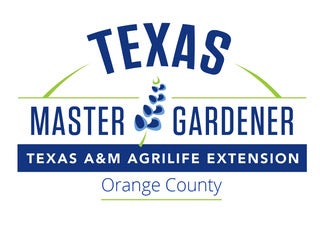Where to use the right mulch
Published 12:19 am Saturday, June 6, 2020
|
Getting your Trinity Audio player ready...
|
Texas Certified Master Gardener, Orange County Master Gardeners
Last week I talked about some of the different kinds of mulches on the market which are available for purchase and around your yard you can use. This week I am going to share with you the different areas and types of mulches best suited for those areas.
Trees and Shrubs – Large Bark or wood chips, River Rock. If you must do something around a tree, then please use mulch so the plants and the tree are not competing for the water and nutrients available. Whichever you use, do not layer anymore than 3 inches thick so the tree and shrubs surface roots will not grow up into the mulch. It it dries out to much your plants could be damaged. Always keep mulch away from the base of the plant to avoid damage to the trunk.
Perennial and Annual Beds – Chopped leaves, Shredded Bark, Pine chips, Compost. Fine textured mulches are easy to spread and dig thru are best in these areas. Apply a layer 2 -3 inches thick. You could start with a layer of compost then top off with one of the other listed, thus giving your plants the nutrients they need. An easy way to chop leaves is to put them in a garbage can and take your string trimmer and move it up and down in the can, leaving you with chopped leaves. Again, leave room around the trunks of your plants.
Vegetable Gardens – Weed and Seed free hay or straw, dried grass clippings, newspaper/cardboard, compost. Once your garden is planted, lay out the newspaper/cardboard around your plants, cover with compost, then the hay or straw. All will breakdown over time and after your garden is finished you can till back into the soil.
Foundation Plantings – Pine needles, Cypress mulch. You should keep at least a 6-inch space from your foundation free of plants and mulch. This will help keep insects out of the house. You could put inorganic mulches such as river rock, lava rock in this area to help keep the area free. This bare space prevents insect from migrating easily to the house. Cypress seems to have repellent properties.
Containers – Decorative Glass, marbles, pebbles, clay balls moss. Just a little scattered on the surface of the potting soil creates a finished look and helps hold in moisture. Get creative with glass pebbles and such adding a unique appearance to your container. When finished with the container scoop them out and rinse in a colander and store for the next time.
Mulch Myths-
Mulch Acidifies Soil – Pine bark, pine needles and leaf mulches may temporarily change the pH some, but only slightly. It would take years of adding these mulches to effectively lower pH. Most plants won’t notice.
Mulch Robs Nitrogen from Soil – It is true decomposing mulches utilize nitrogen where the soil and mulch meet, but the plants roots are much lower and are not affected by this process. Once broken down the mulch releases nitrogen into the soil. You can add a slow release nitrogen fertilizer prior to laying down the mulch if you choose.
Mulch Attracts Termites – Most insects do not survive the processing of the mulch, so it is unlikely you will have insects or termites in your mulch. Bark mulches are hard for termites to digest. Just keep at least a 6-inch space between your foundation and the mulch. uijio
If you have any horticultural questions, please contact us thru our Facebook page Orange County Texas Master Gardeners or website https://txmg.org/orange.







